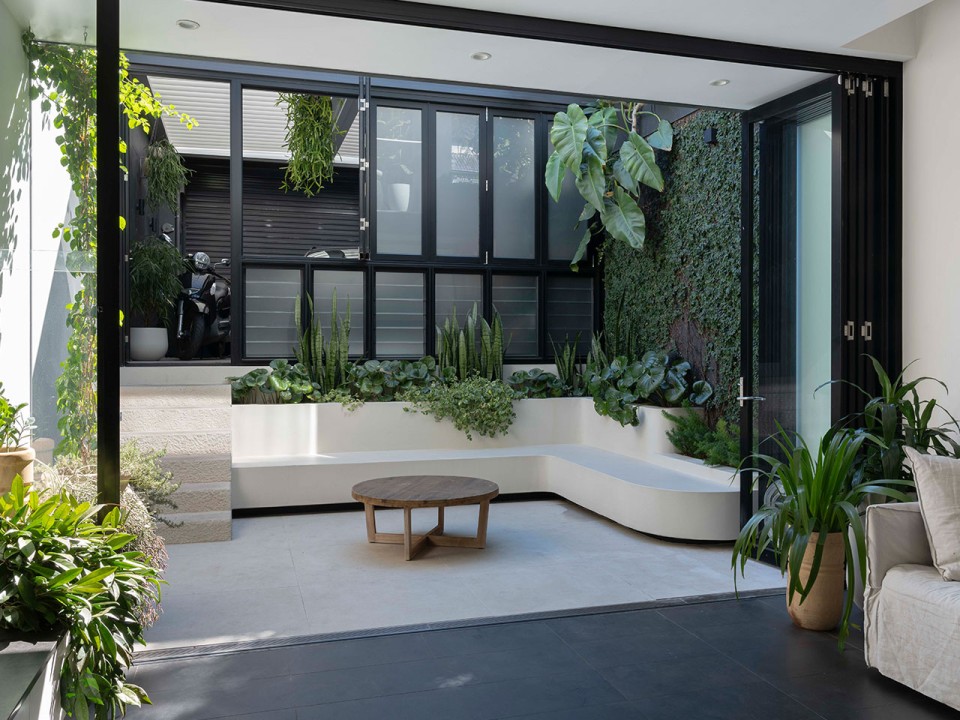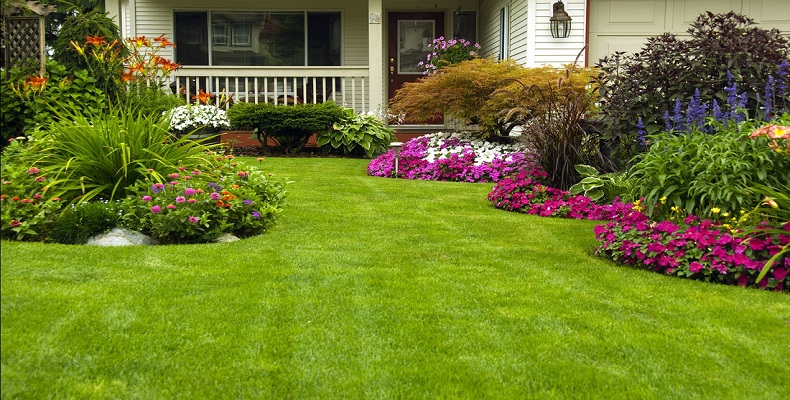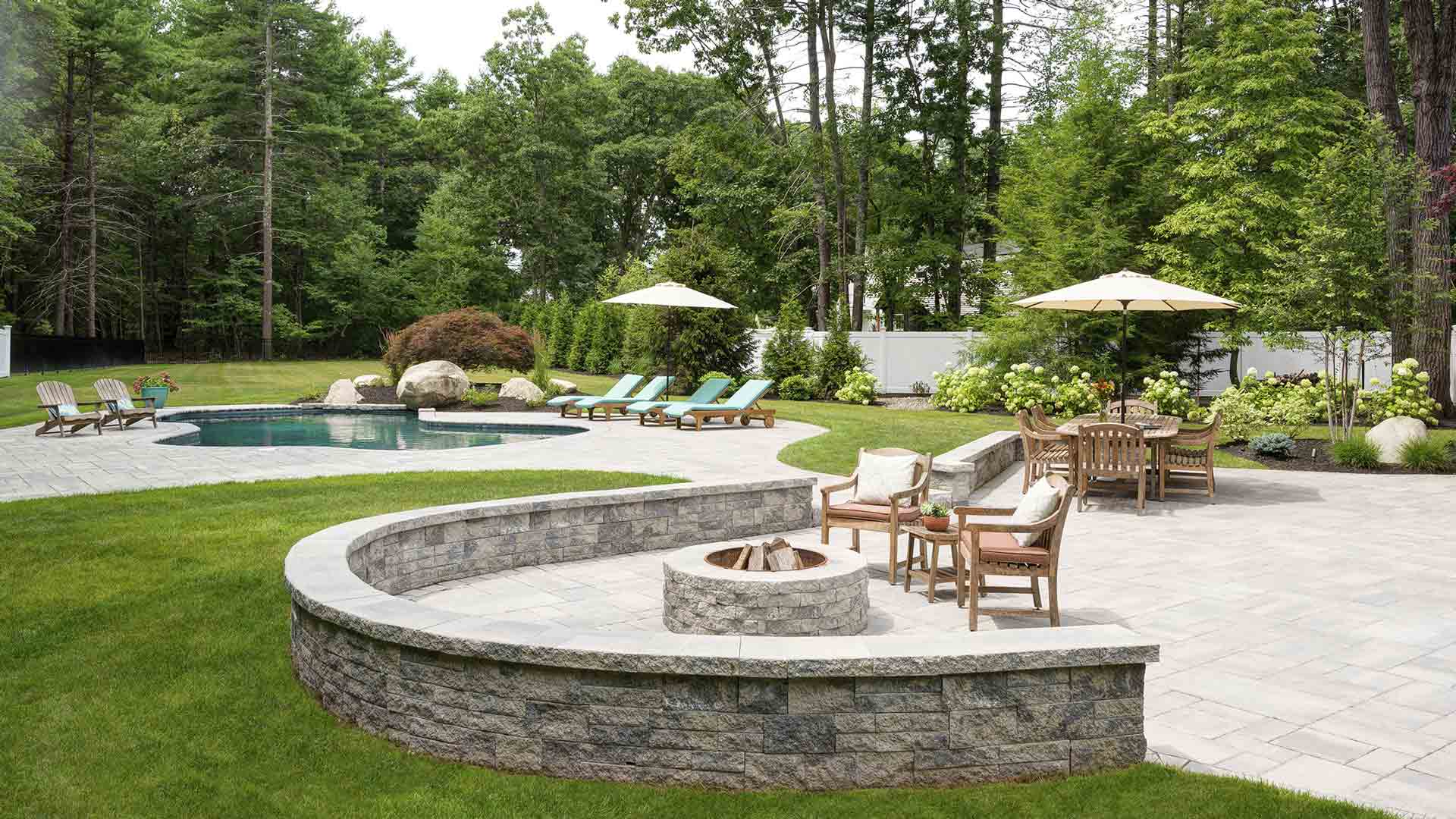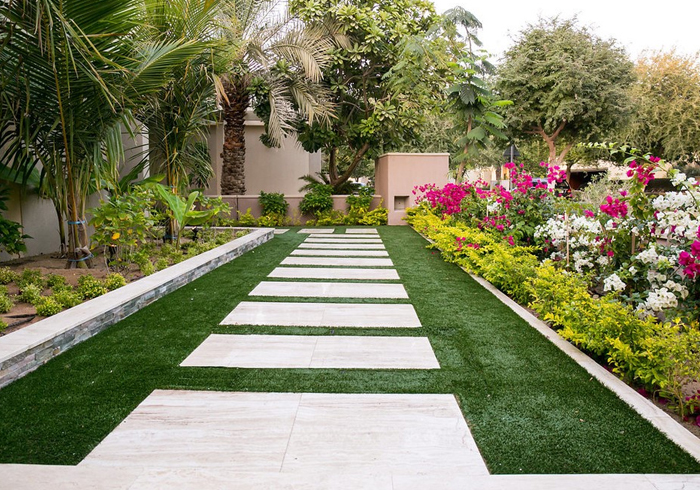Facts About Landscape Design Revealed
Facts About Landscape Design Revealed
Blog Article
A Biased View of Landscape Design
Table of ContentsLandscape Design Fundamentals ExplainedThe 4-Minute Rule for Landscape DesignUnknown Facts About Landscape DesignWhat Does Landscape Design Mean?
When designing a residential landscape, the most important step is to put an intend on paper. Creating a master strategy will save you time and cash and is more probable to result in an effective style. Landscape Design. A master plan is established with the 'style procedure': a detailed approach that considers the ecological problems, your needs, and the elements and principles of layoutThe 5 steps of the style process consist of: 1) performing a site inventory and evaluation, 2) establishing your requirements, 3) developing practical representations, 4) establishing conceptual design plans, and 5) drawing a final layout plan. The very first three steps develop the aesthetic, practical, and gardening requirements for the style. The last two actions then use those needs to the development of the final landscape plan.
This is a crucial action for both plant option and placement and locating family members tasks and features. It is essential because the exact same climate conditions that affect the plantstemperature, moisture, rainfall, wind, and sunlightalso impact you, the user. The next action is to make a checklist of your requirements and desiresthis assists you figure out how your lawn and landscape will be made use of.
The practical diagram is after that used to locate the activity rooms on the website and from this layout a theoretical plan is developed - Landscape Design. The last step is a last design that consists of all the hardscape and growing information that are needed for installment. Throughout the layout process there are 10 important points to think about: for plant option and task location by considering what you want and need to aid establish forms and organize areas by marking activity areas and relating to aspects for both the environment and the user by using massing and layering strategies such as transition areas and prime focus in the products, the shades, and the surface structures for the growth and upkeep of plants by utilizing sustainable layout techniques A thorough inventory and evaluation of the site is essential to establish the environmental conditions for plant development and the finest use the site
Top Guidelines Of Landscape Design
The sort of dirt establishes the nutrients and moisture available to the plants. It is always best to make use of plants that will certainly prosper in the existing dirt. right here Although soil can be changed, change is often expensive and the majority of times inadequate. Existing greenery can supply hints to the dirt type. Where plants grow well, note the dirt conditions and make use of plants with similar expanding demands.

Sun/shade patterns, the amount and length of exposure to sun or shade (Number 1), produce microclimates (occasionally called microhabitats). Recording website conditions and existing plants on a base map will certainly disclose the location of microclimates in the lawn. Plants normally fall under 1 or 2 of 4 microclimate categories-full sun, partial shade, shade, and deep shade.
Utilities such as power lines, septic storage tanks, underground energies and roofing overhangs establish plant area. Make use of a property surveyor's plat of your residential property for the limits and location of your home.
9 Simple Techniques For Landscape Design
Determine the time and cash you are willing to put right into maintaining the plants and hardscape-be practical about your objectives and capability. Recommended usage locations. Credit Rating: Gail Hansen, UF/IFAS There are many various landscape layout styles- from simple to complicated, but it is valuable to select one to assist your plant and product choice.

Make a decision if you wish to open your lawn, shut your yard, or a little of both, to these sights. To put it simply, do you want the yard to enclose the space around you and associate mostly to your home, or do you desire the garden to open views and look outside, associating with the surroundings? This will give you a starting indicate consider a theme.
4 Simple Techniques For Landscape Design

This is called "feeling of area", click to read which implies it fits with the environments. There are both form motifs and design themes. Every garden needs to have a type theme, yet not all yards have a style motif. As a matter of fact, several household yards have no particular design other than to mix with your house by repeating details from the design such as materials, color, and kind.
In a kind motif the organization and form of the rooms in the yard is based either on the shape of your home, the shape of the areas in between your house and the building borders, or a favored shape of the property owner. The kind motif figures out the form and company (the format) of the areas and the web links between them.

Report this page